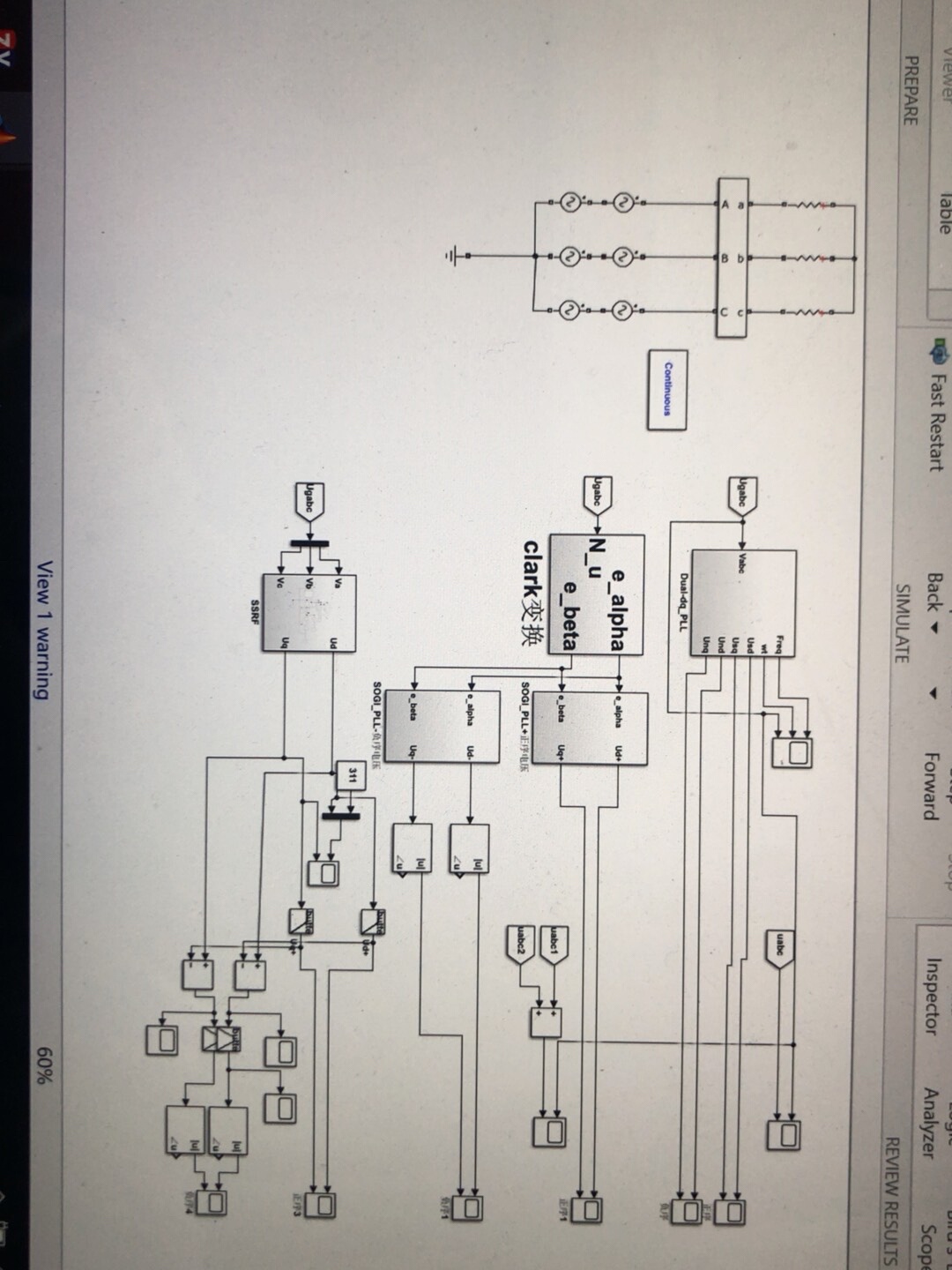锁相环PLL闭锁技术之一:单同步锁相环SRF_PLL、双同步坐标锁相环DDSRF_PLL和二阶广义积分锁相环SOGI_PLL的性能优劣比较
ID:84120675136544615
斯密达爱你

锁相环(Phase-Locked Loop, PLL)作为一种常用的电路技术,在通信系统、数字信号处理、数据转换等领域具有重要应用。其中,单同步锁相环(SRF_PLL)、双同步坐标锁相环(DDSRF_PLL)和二阶广义积分锁相环(SOGI_PLL)是常见的三种基本结构,各自具有独特的性能特点。本文将对这三种锁相环技术进行性能优劣的比较与分析。
首先,我们来介绍单同步锁相环(SRF_PLL)。该结构主要由相锁环(Phase-Locked Loop, PLL)和电流环(Current Loop)组成。相锁环负责将输入信号与参考信号进行比较,并通过电流环调节输出频率,使其与参考信号同步。单同步锁相环具有简单的结构和较低的成本,适用于频率较低的应用场景。然而,由于其只有一个锁相环,很难实现精确的相位跟踪和抗干扰能力较弱。
接下来,我们将介绍双同步坐标锁相环(DDSRF_PLL)。该结构在单同步锁相环的基础上增加了一个相位锁环(Phase-Locked Loop, PLL),并通过坐标变换将输入信号转换为两个正交的信号进行处理。双同步坐标锁相环通过两个锁相环的相互作用,可以实现更精确的相位跟踪和抗干扰能力。此外,双同步坐标锁相环还具有较高的带宽和较快的响应速度,适用于频率较高的应用场景。然而,由于增加了一个锁相环,双同步坐标锁相环的硬件复杂度和成本也相应增加。
最后,我们将介绍二阶广义积分锁相环(SOGI_PLL)。SOGI_PLL是一种基于谐振型滤波器的锁相环结构。该结构通过将输入信号与谐振振荡器产生的参考信号进行比较,并通过二阶积分运算实现相位跟踪。二阶广义积分锁相环具有较高的精度和稳定性,在对频率要求较高且抗干扰能力要求较强的应用场景中具有较大优势。然而,由于其谐振振荡器的特性,二阶广义积分锁相环在频率跳变和噪声环境下可能出现不稳定的问题。
综上所述,单同步锁相环(SRF_PLL)、双同步坐标锁相环(DDSRF_PLL)和二阶广义积分锁相环(SOGI_PLL)是常见的锁相环技术,各自具有不同的性能特点和应用场景。在选择合适的锁相环技术时,需要根据具体的需求考虑频率范围、精度要求、抗干扰能力等因素。此外,锁相环技术的发展还具有很大的潜力,在未来的应用中将会有更多的创新和突破。
以上相关代码,程序地址:http://matup.cn/675136544615.html







 本文详细比较了单同步锁相环(SRF_PLL)、双同步坐标锁相环(DDSRF_PLL)和二阶广义积分锁相环(SOGI_PLL)在性能上的优缺点,涉及频率跟踪、抗干扰能力和应用场景选择。
本文详细比较了单同步锁相环(SRF_PLL)、双同步坐标锁相环(DDSRF_PLL)和二阶广义积分锁相环(SOGI_PLL)在性能上的优缺点,涉及频率跟踪、抗干扰能力和应用场景选择。














 464
464











 被折叠的 条评论
为什么被折叠?
被折叠的 条评论
为什么被折叠?








